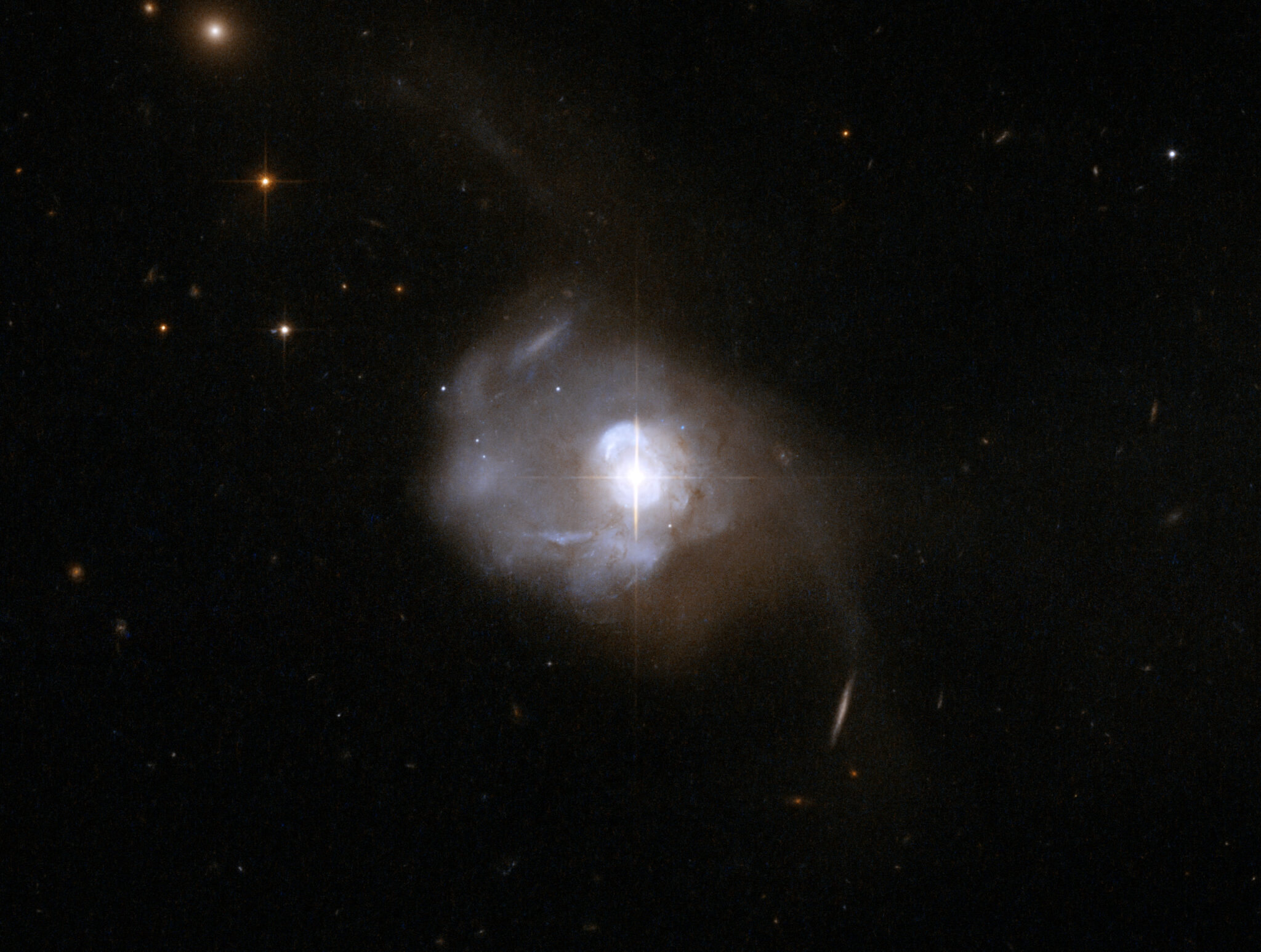Astronomers have recorded molecular oxygen (O₂) outside our galaxy for the first time – in Markarian 231, 581 million light-years away from Earth. The discovery, described in The Astrophysical Journal, has important implications for understanding the role of oxygen in the evolution of planets, stars, galaxies and life in general.

Oxygen is one of the most abundant elements in the Universe and is key in the formation of stars, as well as playing a critical role in sustaining life on Earth. However, it is extremely difficult to detect molecular oxygen in space. Previously, it has been detected only in the Milky Way – in the Rho Ophiuchi cloud and the Orion Nebula.
How was the discovery achieved?
The team, led by Junzhi Wang of the Shanghai Astronomical Observatory, used ground-based radio telescopes – the 30-meter IRAM telescope (Spain) and the NOEMA interferometer (France). Although the Earth’s atmosphere blocks certain radio waves, light from the galaxy Markarian 231 was shifted due to redshift effects, which helped identify the O₂ emission.
Feature of the galaxy Markarian 231
This galaxy contains an active nucleus with a quasar, a super-powerful energy source. The powerful flows of gas from the quasar contributed to the export of oxygen to the outer regions of the galaxy. According to estimates, the concentration of molecular oxygen in Markarian 231 is about 100 times greater than in the Milky Way.
Significance of the discovery
Although the oxygen in this galaxy is not mixed with other gases that make Earth’s atmosphere breathable, its discovery provides new insights into the effects of quasars on intergalactic gas. In addition, it helps to study molecular fluxes in active galactic nuclei (AGN).
Scientists hope that new radio telescopes, particularly the ngVLA (Next Generation Very Large Array), will contribute to further discoveries of molecular oxygen beyond our galaxy. Future research may provide a deeper understanding of the conditions necessary for the origin of life in the Universe.
Earlier we reported on a mysterious object shining 570 billion times more brightly than the Sun.
Provided by physics-astronomy.com


